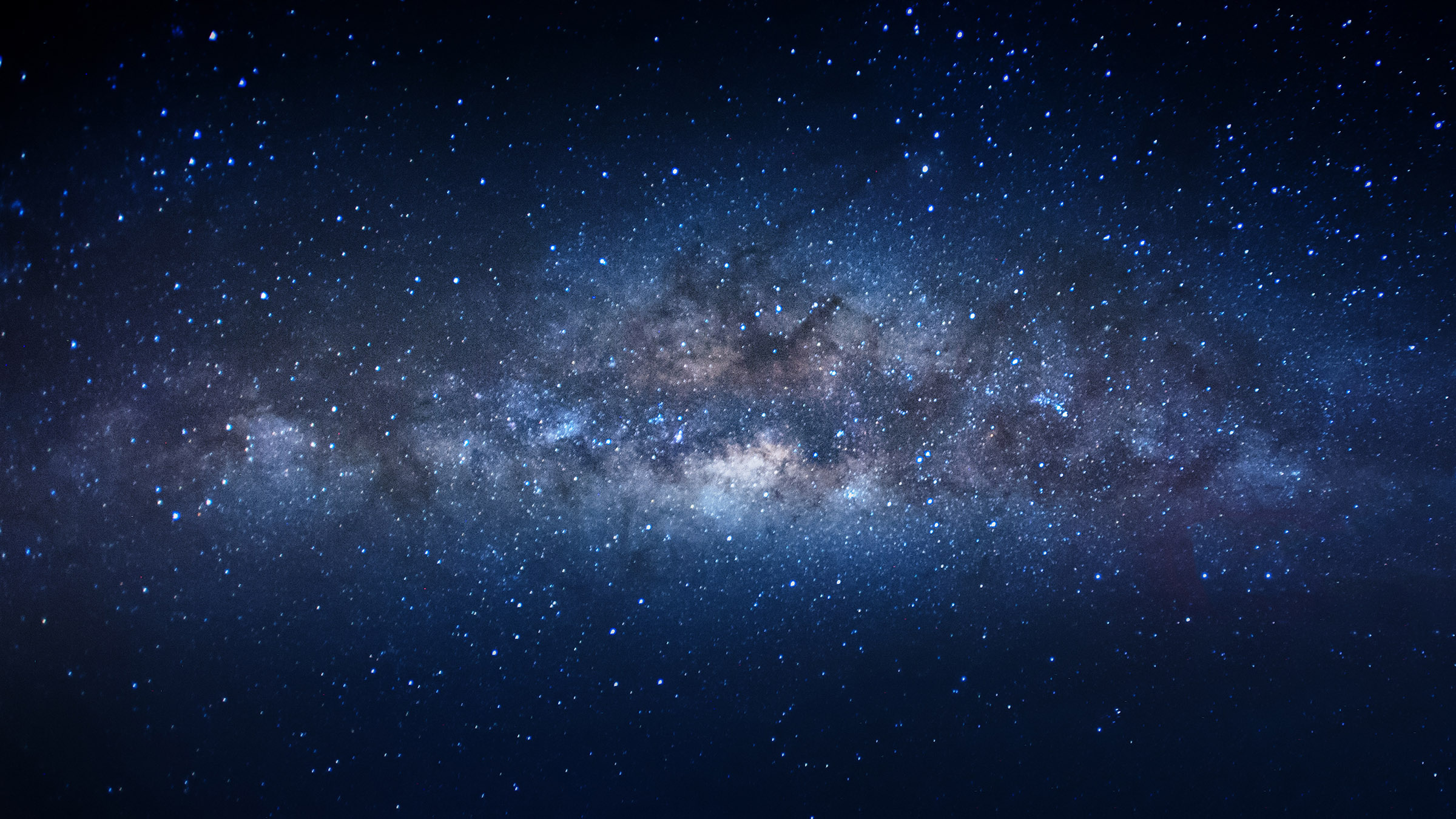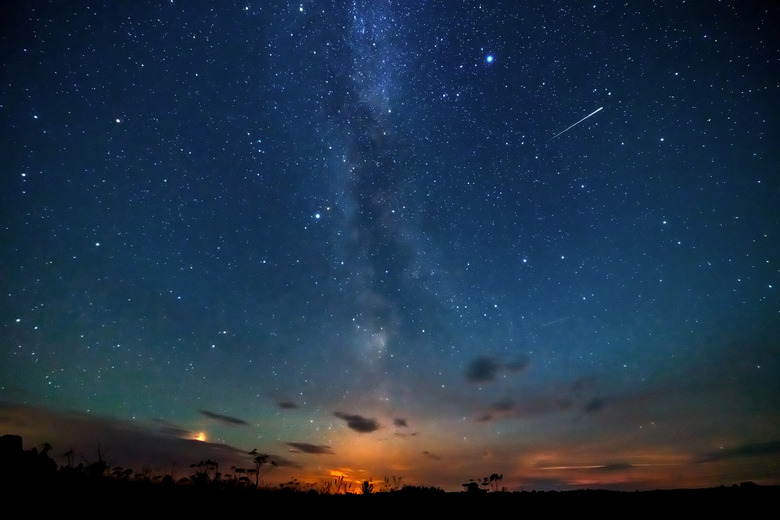Scientists One Step Closer To Understanding Unexplainable Ghost Stars In The Milky Way
For over a decade, astronomers have been baffled by ghost stars in the Milky Way. These planetary nebulae, as they are more formally known, were first discovered to be aligned in the bulge of our galaxy ten years ago by Bryan Rees, a Manchester PhD student. Since the discovery, the reasoning for their strange alignment has been unexplainable. Now, though, we may be one step closer to solving this mystery.
According to a statement, new data gathered by the European Southern Observatory Very Large Telescope in Chile, as well as data from the Hubble Space Telescope, has helped push a new study, which is published in Astrophysical Journal Letters. Not only has the new research confirmed the alignment, but it may have also found the explanation behind their strange alignment.
See, these ghost stars, or planetary nebulae, are essentially clouds of gas expelled by stars as their lives come to an end. These ejected clouds are basically the ghosts of their dying stars, and they create some mesmerizing sights in the cosmos. A group of these ghost stars in the galactic bulge of the Milky Way has been rather intriguing, though, because they seem to all follow an aligned path almost parallel to the galactic plane of the Milky Way.

What's intriguing about this new research is that Shuyu Tan, a student at the University of Hong Kong, and other researchers have discovered that this alignment is only present in ghost stars with a close stellar companion. Planetary nebulae without these close companion stars don't show similar alignment. As such, it's likely the alignment is somehow linked to the companion stars.
Of course, the significance of this research really lies in learning exactly what causes the alignment and whether or not it's something we'll see elsewhere, too. So far, they have confirmed over 136 planetary nebulae in the galaxy bulge, which is the thickest section of the Milky Way. It's also possible that the close binary systems responsible for the alignment form with their orbits in the same plane.
